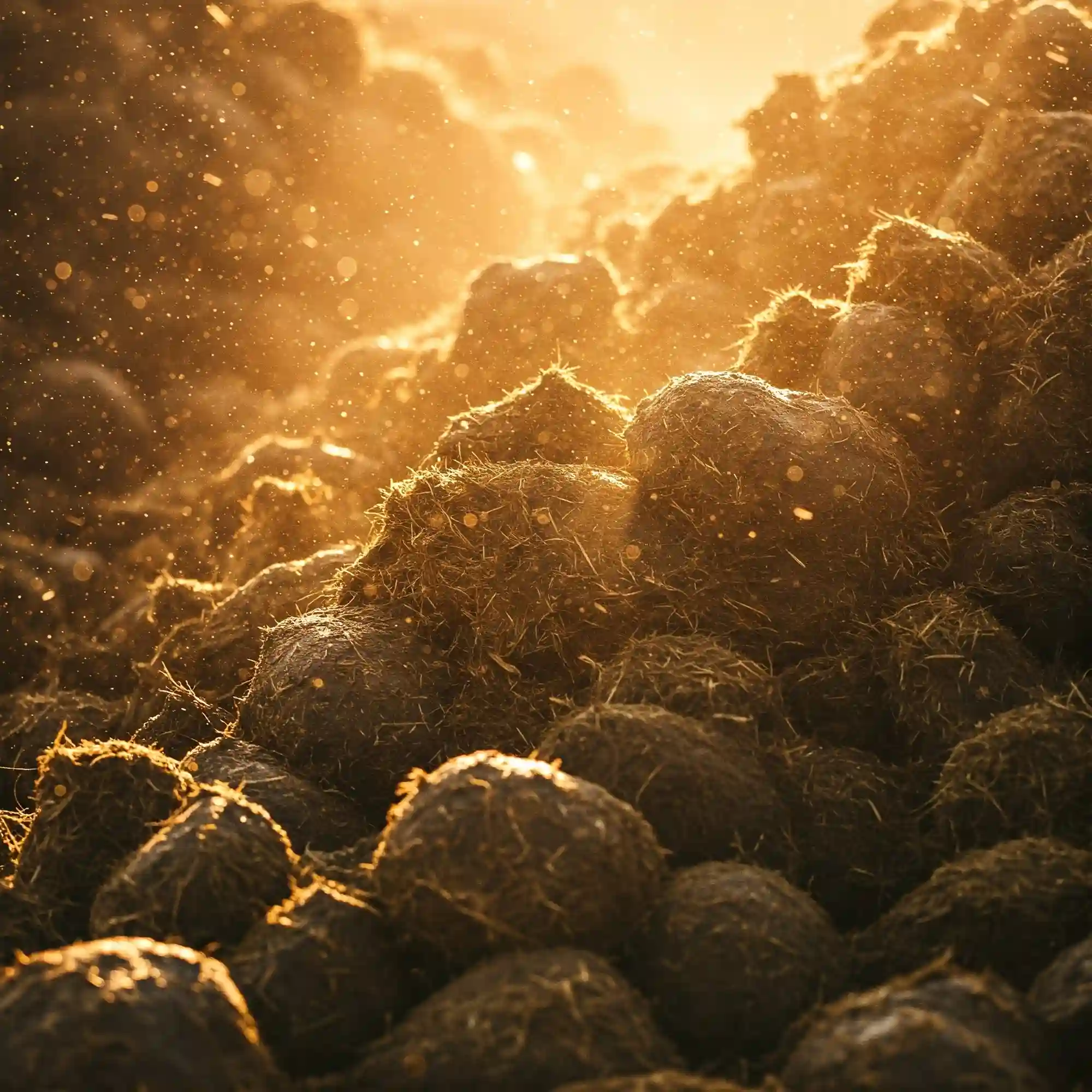Vermicomposting, or composting with worms, is an eco-friendly and rewarding way to turn your organic waste into nutrient-rich compost. This natural process harnesses the power of worms to break down organic matter, resulting in a rich, nutrient-packed fertilizer for your garden or plants. In this beginner’s guide, we’ll explore the basics of vermicomposting and help you set up your own worm composting system.
Benefits of Vermicomposting
There are numerous advantages to vermicomposting, making it a worthwhile practice for anyone interested in sustainable living and gardening.
- Reduces Landfill Waste: By composting your organic waste, you divert it from landfills and reduce greenhouse gas emissions.
- Nutrient-Rich Compost: Vermicompost is rich in beneficial microorganisms, promoting healthy plant growth and soil structure.
- Natural Fertilizer: Composted worm castings provide a natural and slow-release fertilizer for your plants, reducing the need for chemical fertilizers.
- Improves Soil Health: Vermicompost improves soil structure, drainage, and aeration, leading to healthier and more vibrant plants.
- Easy and Convenient: Vermicomposting is a relatively low-maintenance process that can be easily managed with minimal space requirements.
Getting Started
Vermicomposting can be as simple as setting up a bin or container in your backyard or even indoors. Here are the steps to get you started:
1. Choose a Suitable Location
Select a location that is sheltered from extreme heat, cold, and direct sunlight. A garage, basement, or shaded area in your backyard can work well.
2. Choose a Composting Bin
There are various types of composting bins available, such as plastic bins, wooden crates, or even repurposed containers. Ensure the bin has drainage holes at the bottom to allow excess moisture to escape.
3. Acquire Red Wiggler Worms
Red wiggler worms (Eisenia fetida) are the most commonly used composting worms due to their ability to thrive in various environments and their voracious appetite for organic matter.
4. Prepare Bedding Material
Shredded newspaper, cardboard, or straw can be used as bedding material for the worms. Avoid glossy paper, as it can be harmful to the worms.
5. Set Up the Bin
Layer the bottom of the bin with a few inches of bedding material, then add a handful of soil to provide beneficial microorganisms. Introduce your red wiggler worms and cover them with a thin layer of bedding material.
Maintaining Your Vermicomposting System
1. Feeding the Worms
Provide your worms with a variety of organic materials, including vegetable scraps, fruit peels, coffee grounds, and tea bags. Avoid meat, dairy products, or cooked food, as these can attract pests.
2. Monitor Moisture Levels
Vermicomposting requires a moist environment, but not overly wet. Regularly check the bin’s moisture levels and add water if necessary.
3. Turn the Compost
Stir or turn the compost regularly to aerate it and help break down the organic matter. This also ensures even distribution of the worms and prevents compaction.
4. Harvest the Vermicompost
When the compost is dark, crumbly, and has an earthy smell, it’s ready for harvesting. Gently separate the worms from the compost using a sifter or mesh screen.
Troubleshooting Common Issues
Vermicomposting is generally a low-maintenance process, but there are a few common issues that beginners may encounter:
- Worms Escaping from the Bin: Ensure the bin has a tight-fitting lid and is not overfilled. Provide adequate bedding material to keep the worms happy.
- Foul Odor: Overfeeding or improper moisture levels can cause an unpleasant odor. Adjust the amount of food you provide and monitor moisture levels.
- Worms Dying: Extreme temperatures, lack of oxygen, or toxic materials can kill worms. Keep the bin in a suitable location and avoid adding harmful substances.
Conclusion
Vermicomposting is a rewarding and environmentally friendly way to turn your organic waste into a rich fertilizer for your garden. With a little patience and care, you can easily set up and maintain a vermicomposting system and enjoy the benefits of nutrient-rich compost for years to come.
Remember, vermicomposting is a natural process that requires a delicate balance of moisture, temperature, and food. By understanding the needs of your worms and providing them with a suitable environment, you can create a thriving ecosystem that will produce nutrient-rich compost for your garden.

